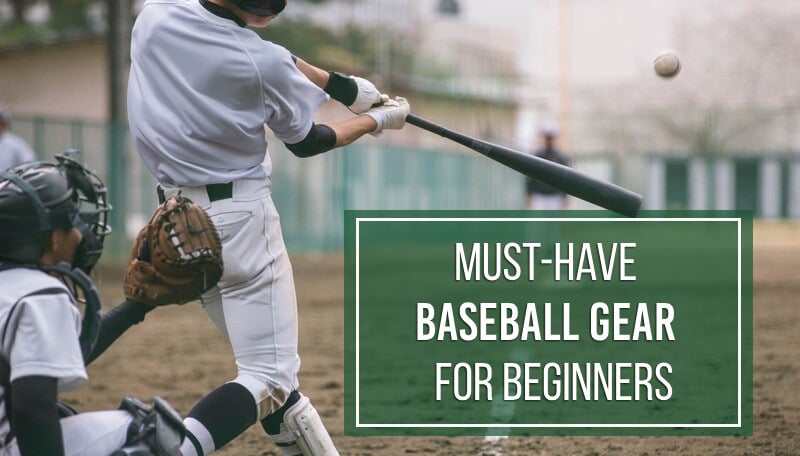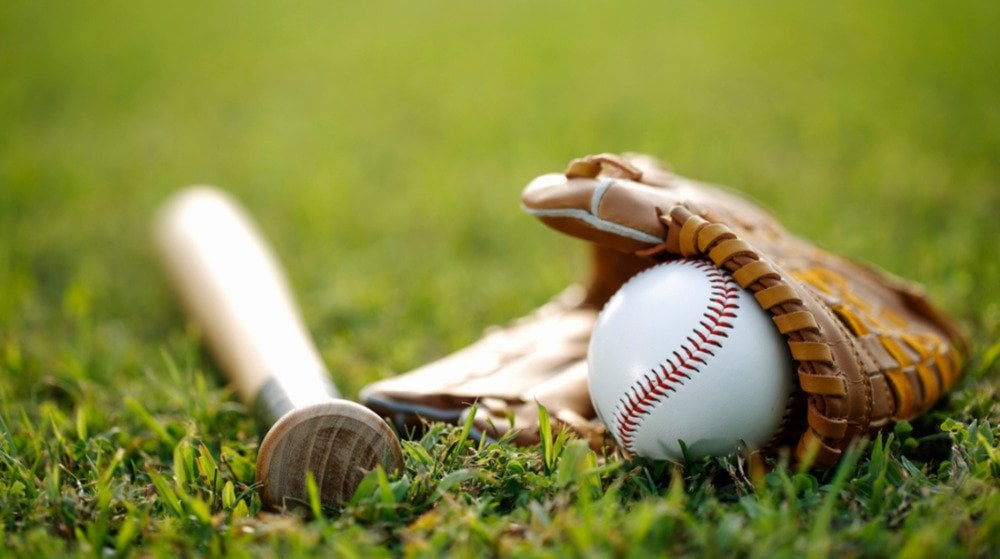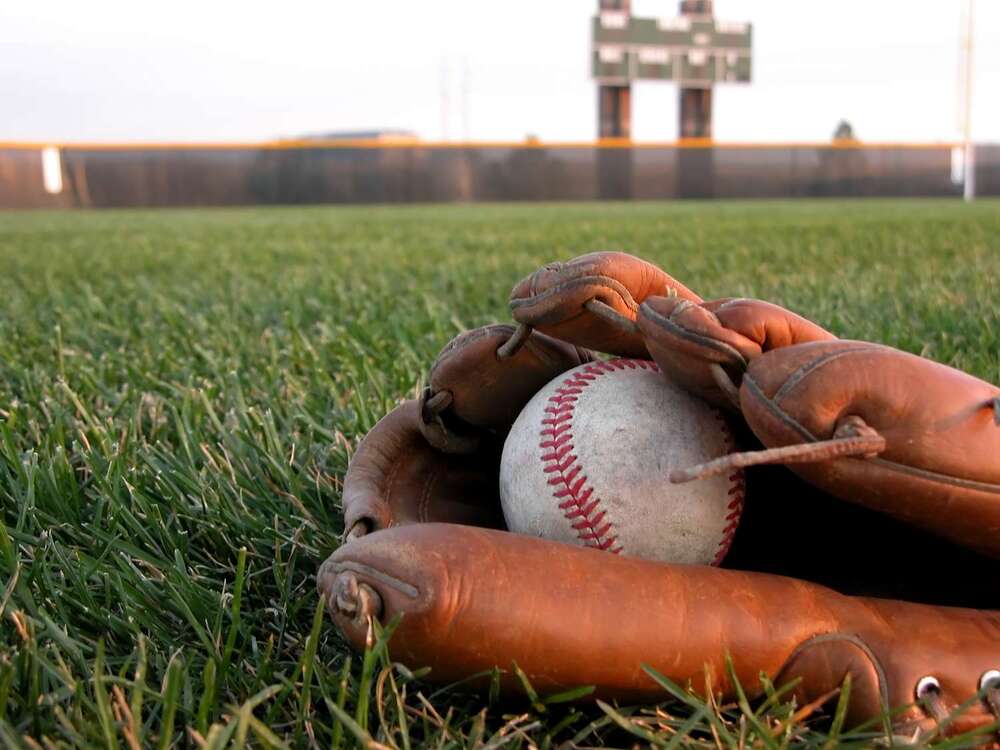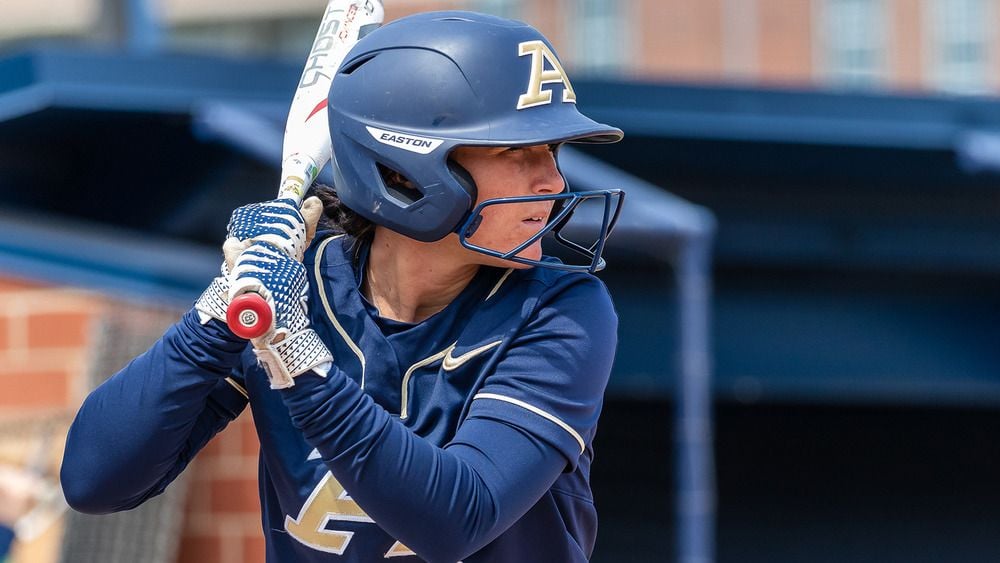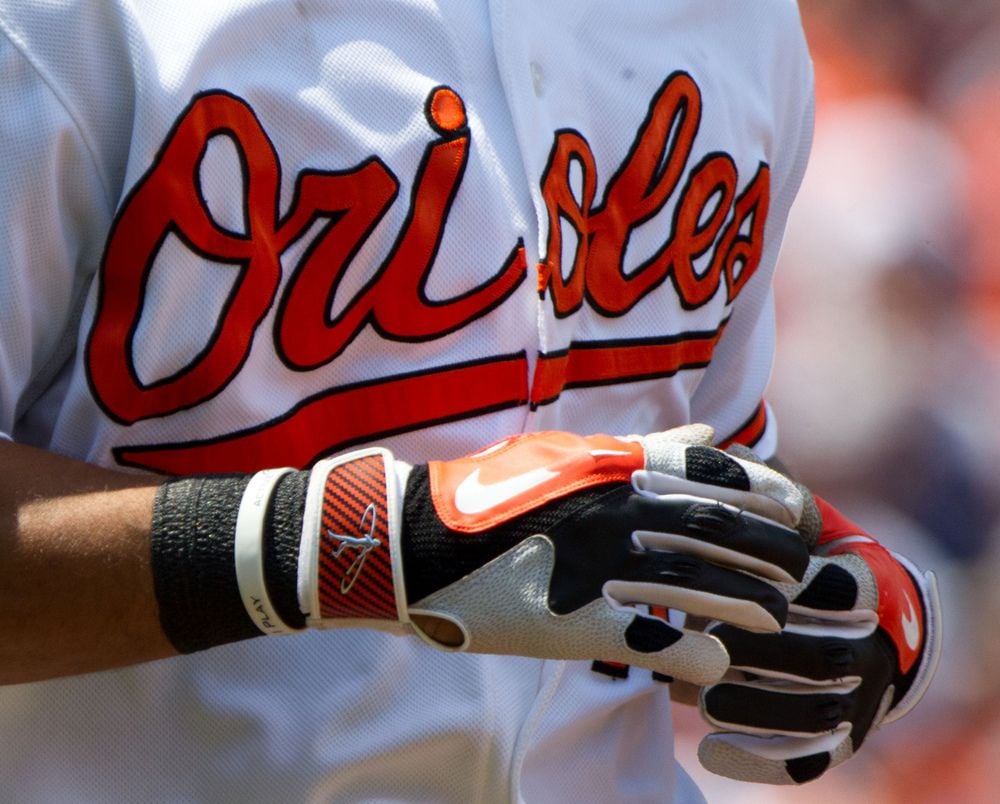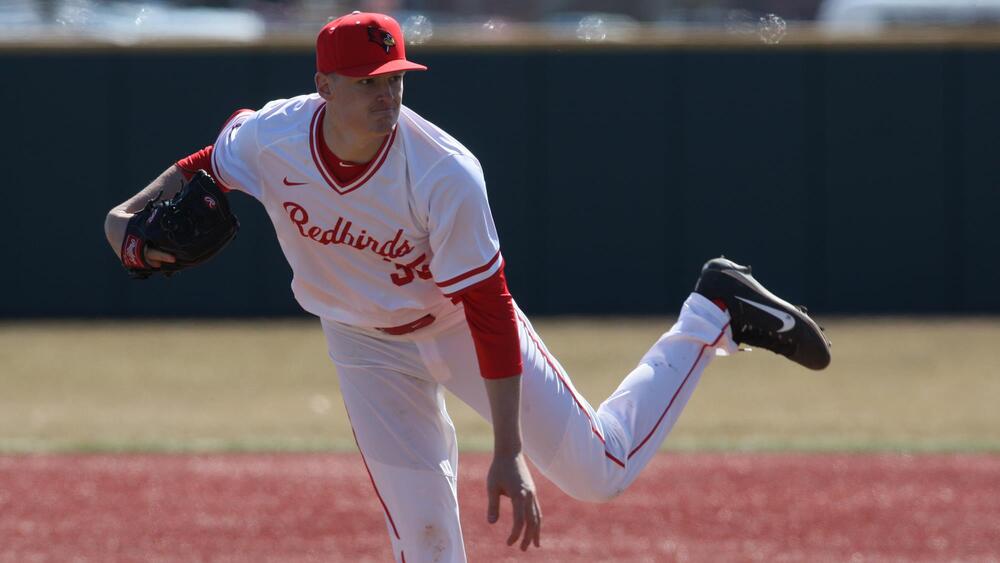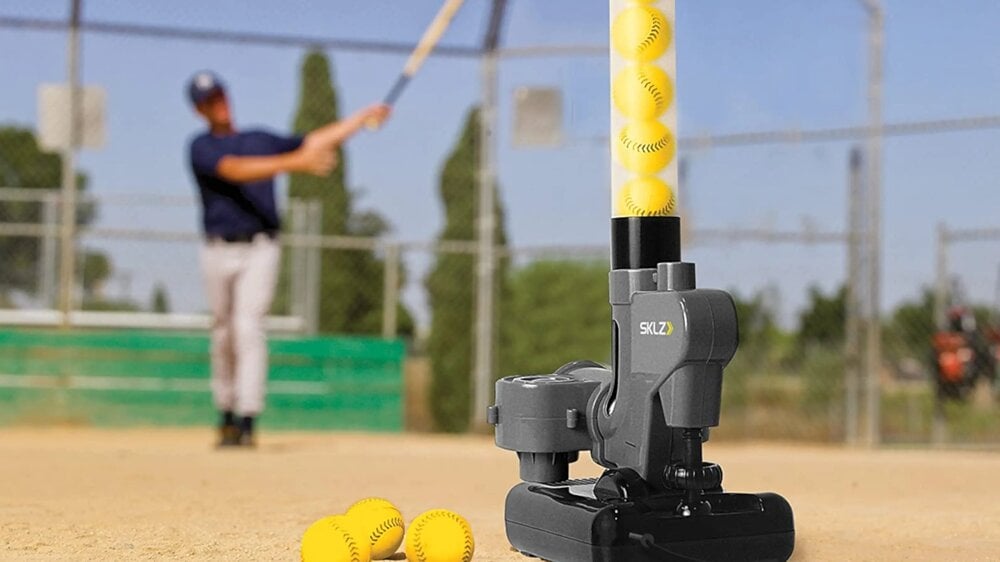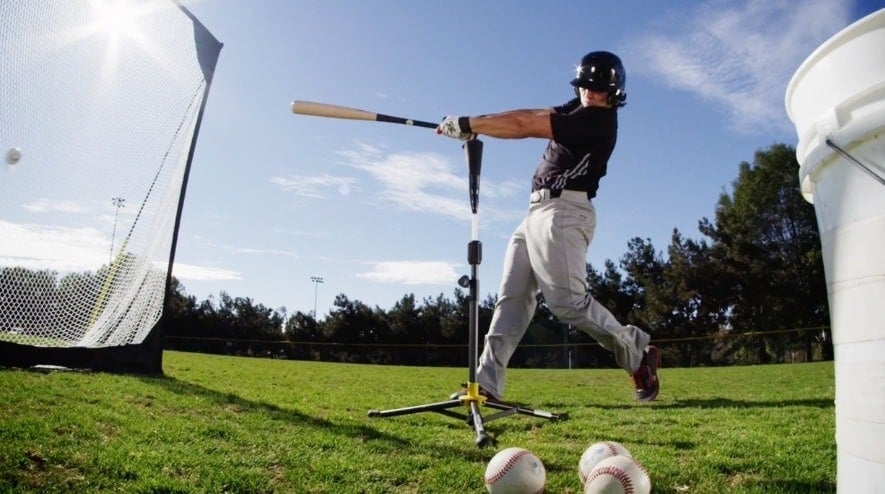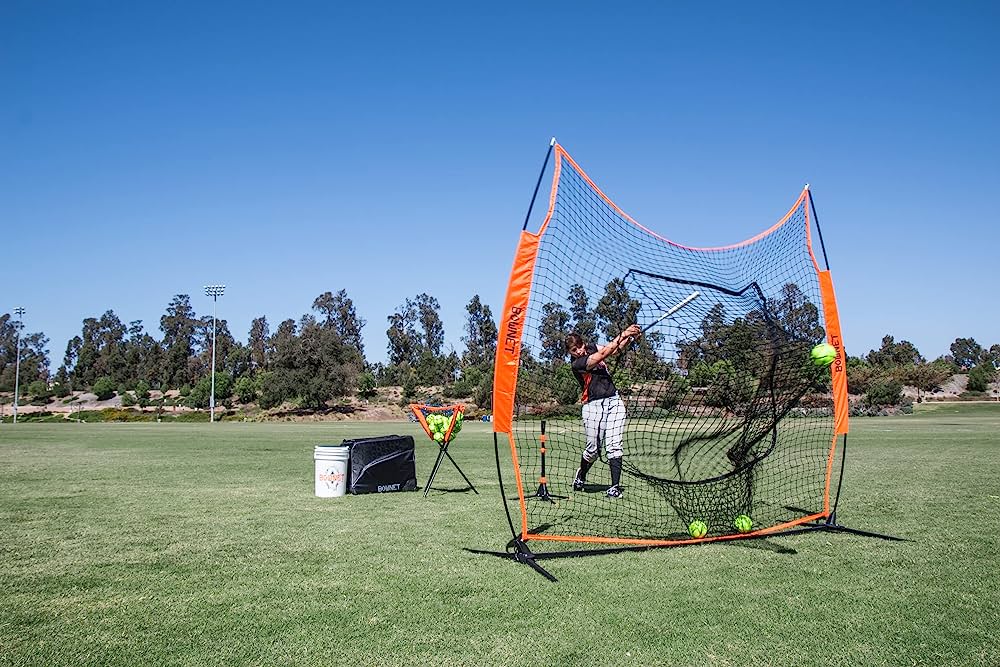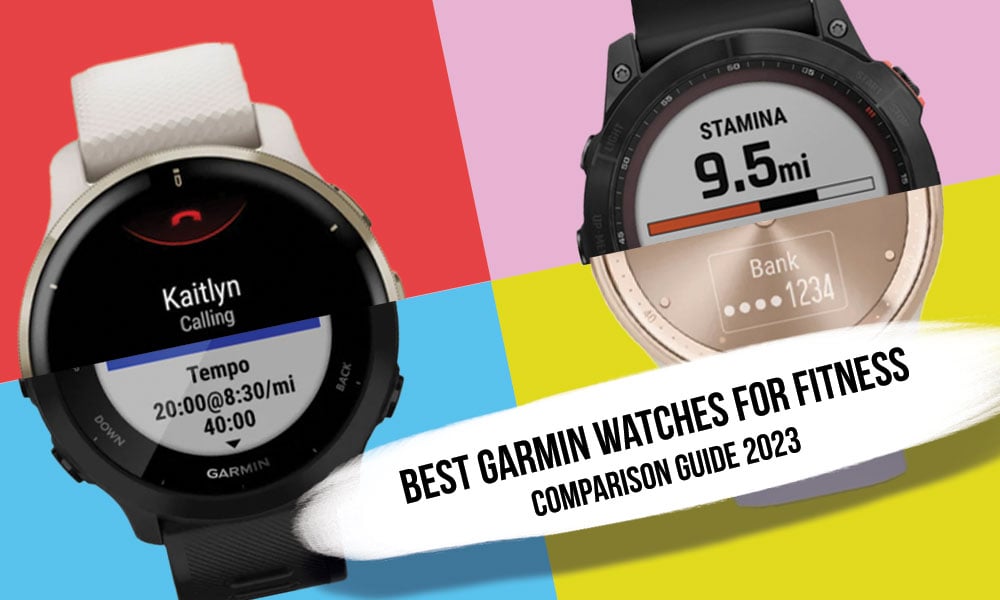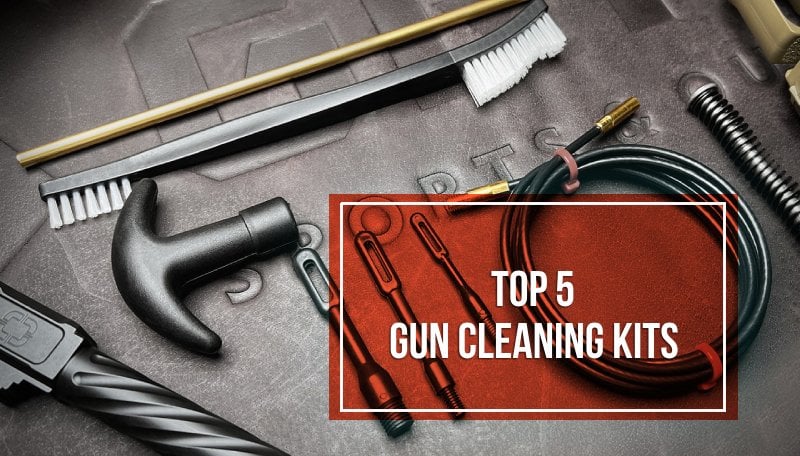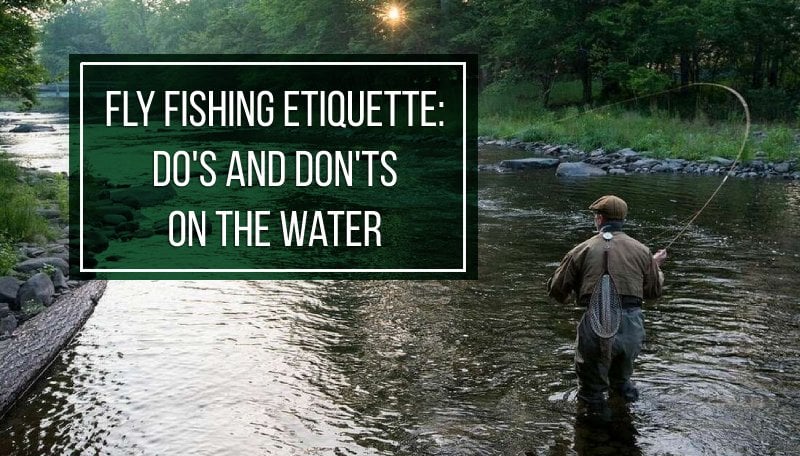Last Updated on
Enjoying the title of the first professional sport in America, baseball continues to captivate millions of fans in the United States and around the world. The myths of the sport’s declining popularity proved to be powerless in the face of the unstoppable enthusiasm of a new generation of players. Even though many begin their journey at a young age, it’s never late to set your foot on a ballpark. Whether you want to equip yourself or need a set of gear for a promising young player, this guide will shed some light on the must-have baseball gear you will need.
Table of Contents
Baseball Bats
Catcher / Pitcher Gloves
Baseball Helmet
Protective Gear
Batting Gloves
Baseball Apparel
Ball Pitcher
Baseball Tee
Baseball Nets
Conclusion
FAQs
Bats
It’s not in the name of the game, but in the world of baseball, a bat is more than just a piece of equipment. It’s an extension of the player, a conduit for their power and precision. A bat can make all the difference between a home run and a strikeout, between victory and defeat. Many are passed on as family heirlooms, while others moonlight as lucky charms that never change hands. Regardless, a bat is the primary tool of a hitter and thus should be chosen carefully. Well, like any other piece of baseball gear.
Material
Bats can be made from a variety of materials, each with its own set of pros and cons. Composite bats, for example, are expensive but offer minimal vibration and a large sweet spot, making them a great choice for younger players. Alloy bats, on the other hand, are durable and ready to use right out of the box, but they can deliver some vibration upon impact. Hybrid bats combine the best of both worlds, offering the power of alloy with the feel of composite.
Construction
One-piece bats are stiffer and offer more power, making them a great choice for power hitters. Two-piece bats, on the other hand, offer more flex and less vibration, making them a good option for contact hitters.
While many other aspects set bats apart from each other, those two are the first you should get acquainted with.
Let’s take the Bamboobat Adult Hickory Baseball Bat as an example. The navy handle paired with the natural barrel gives it a classic yet sleek look, while the TG graphic adds a modern touch. But this bat isn’t just about looks. It’s crafted with a hickory core enveloped by a bamboo shell, a combination that promises durability and high performance.
This bat truly shines when it comes to the game itslef. The hickory core gives it a solid, sturdy feel that translates into powerful hits. Meanwhile, the bamboo shell lends an element of flexibility, resulting in an excellent balance between power and control. Furthermore, it’s BBCOR approved, making it suitable for high school and college play.
However, perhaps one of the most notable features of this bat is the rubberized handle. This provides an exceptional grip, reducing the risk of the bat slipping mid-swing. It also enhances comfort, helping to prevent blisters during long practice sessions or intense games. AS you can see, the Bamboobat Adult Hickory Hybrid Navy Handle/Natural Barrel TG Graphic Baseball Bat is a well-rounded choice for those seeking a blend of style, durability, and performance on the diamond.
Catcher / Pitcher Gloves
Even though gloves are sometimes overshadowed by the flashier pieces of baseball gear, nobody doubts their iconic status. From concealing the ball before the throw to embracing it after a thought-through pitch, gloves are always there for the highlights of the match. While all baseball gloves share a common goal, their design varies significantly depending on the player’s position.
Catcher’s Mitt
The catcher’s mitt is fingerless, heavily padded, and has a claw-like shape—features designed to help catchers handle the sting of fast pitches and provide a good target for pitchers. The heavy padding absorbs the shock of repeated catches, while the unique shape helps secure the ball in the mitt.
Pitcher’s Glove
Pitchers, on the other hand, don’t need as much padding because they don’t do much fielding. Instead, their gloves often have closed webbing to hide the ball from the batter’s view, giving them a tactical advantage. The overall design of a pitcher’s glove prioritizes flexibility and comfort to allow for a smooth pitching motion.
While the type of webbing and the amount of padding are the most noticeable differences between a catcher’s mitt and a pitcher’s glove, there are other subtle distinctions. For example, a catcher’s mitt tends to be rounder and wider to provide a larger catching area while a pitcher’s glove is generally longer and narrower to accommodate the throwing motion. The materials used can also vary, with catcher’s mitts often made from heavier, more durable leather, and pitcher’s gloves made from lighter, more flexible materials. As such, you’d want a glove that matches your position – the one that simply catches your eye won’t do.
When it comes to quality baseball gloves, Shoeless Joe Ballgloves is a name that stands out. They offer an extensive range of handcrafted gloves that cater to various positions, including catchers and pitchers. The brand’s gloves are known for their durability, comfort, and superior performance, making them a favorite among both amateur and professional players. Each glove is individually hand-cut and sewn from specially aged antique tobacco leather hides. This process gives their gloves a unique look and feel, and allows them to be game-ready right off the shelf.
Baseball Helmet
How many heads has the helmet saved from the meteor-like impact of a fierce ball? That we know not. While this essential piece of baseball gear may not make headlines, it nonetheless plays a crucial role in keeping players safe. So let’s give the baseball helmet its deserved moment in the spotlight.
How Baseball Helmets Differ from Other Helmets
At first glance, you might think that a baseball helmet doesn’t really stand out from the helmet family and can be replaced with any of its relatives. But just as a sports car differs from a pickup truck, so does a baseball helmet differ from other types of helmets.
Unlike bike or football helmets, baseball helmets are designed to protect against high-speed, small object impacts – specifically, baseballs traveling at speeds upwards of 90 mph. They’re made from durable, impact-resistant materials and often feature a double-ear design, which protects both ears regardless of which direction the batter is facing. Many even have a face guard for added protection.
Importance of Baseball Helmets
Now, you might be thinking, “I’m just playing a friendly game of catch, do I really need a helmet?” The answer is a resounding yes! Here’s why:
- Safety First: Baseballs are hard and can cause serious injuries if they hit an unprotected head. A well-fitted baseball helmet absorbs the impact, significantly reducing the risk of head injuries.
- It’s the Rules: In official games, wearing a helmet is not optional – it’s mandatory. It’s part of the uniform, just like the jersey or cleats.
- Training Habits: Wearing a helmet during training sessions helps players get used to the feel of it, so it doesn’t distract them during games. Plus, accidents can happen anytime, anywhere – even during practice.
- Confidence Boost: Knowing you’re protected allows you to focus on the game and play more confidently. After all, it’s hard to hit a home run if you’re worried about getting hit in the head!
Protective Gear
In the thrilling battlefield of baseball, the helmet often takes center stage as the knight’s armor. But let’s not forget, a knight isn’t fully armored with just a helmet. Similarly, in baseball, protecting your head is crucial, but it’s not the only body part that needs shielding. Here’s a brief outline of protective baseball gear pieces you’d want to don when preparing for a game.
Elbow Guards
Imagine you’re ready at the plate, eyes on the incoming pitch, and then – ouch! – a rogue ball hits your elbow. Not the best feeling, right? That’s where elbow guards come in. They shield your elbows from wild pitches and painful bat vibrations, allowing you to swing with confidence. Plus, they can even enhance performance by promoting proper swing mechanics.
Ankle or Leg Guards
Whether you’re sliding into the base or blocking a low pitch, your legs are constantly at risk. Ankle or leg guards provide the protection you need, cushioning your legs against impact, scrapes, and bruises. So, you can focus on making that game-winning slide without worrying about injury.
Chest Protector
The chest protector serves as a literal heart shield. It’s especially crucial for catchers, who are continually in the line of fire, facing fast, unpredictable pitches. A good chest protector absorbs the shock of the ball, safeguarding the player from potential chest and heart injuries. Remember, being brave on the field doesn’t mean you have to ignore safety!
Shin Guards
Last but not least, let’s talk about shin guards. These bad boys protect your shins from fastballs and foul tips, which can be extremely painful and potentially sidelining. For catchers they also provide valuable knee support, reducing strain during long periods of squatting.
Batting Gloves
Batting gloves might not be as immediately recognizable as a pitcher’s mitt or catcher’s glove, but they play a crucial role in a player’s arsenal. Unlike the bulky, heavily padded gloves worn by pitchers and catchers, batting gloves are sleek, form-fitting, and designed to offer players an optimal grip on the bat. They’re typically made of leather or synthetic materials, with a tacky palm area for enhanced control during those high-stakes swings.
But the benefits of batting gloves extend beyond just grip. These gloves also provide a layer of protection against painful blisters and stings from bat vibration, especially during those chilly early-season games. In addition, batting gloves can absorb sweat, preventing it from causing your hands to slip off the bat. So while they may seem like a minor accessory, batting gloves are indeed a major player in the game of baseball.
Baseball Apparel
When it comes to baseball, the apparel you wear isn’t just about looking the part – it plays a key role in how you perform on the field. Baseball-specific clothing is designed with the unique demands of the sport in mind, providing players with the comfort, flexibility, and protection they need to hit home runs and make game-saving catches.
The distinctive features of baseball apparel begin with the jersey. Baseball jerseys are typically made from breathable, moisture-wicking fabrics to keep players cool during those hot summer games. They’re loose-fitting, allowing for unrestricted movement when swinging a bat or throwing a ball.
Next, we have baseball pants. These aren’t your average pair of trousers. They’re designed to withstand the rigors of the game, offering durability for sliding into bases and flexibility for running and fielding. They often have padding in strategic areas for extra protection and comfort.
And let’s not forget the iconic baseball cap. Apart from being a symbol of team identity, it serves a practical purpose by shielding players’ eyes from the sun, reducing glare, and keeping sweat at bay.
Then there are the cleats – special shoes with molded spikes on the bottom. These provide traction on the field, preventing slips and falls when running or changing direction quickly.
Ball Pitcher
For anyone learning the art of baseball, a ball pitcher can be an invaluable training tool. These mechanical marvels serve up consistent, accurate pitches, allowing beginners to focus on honing their batting skills without the pressure of a human opponent. If you don’t have a baseball buddy ready to relentlessly pitch you baseballs, a ball pitcher is a better (and honestly more humane) choice.
A ball pitcher offers several advantages for a novice. First, it provides a steady stream of pitches at a consistent speed and trajectory. This predictability allows beginners to develop a sense of timing and rhythm, and both are crucial in hitting. You can practice swing after swing, gradually improving your hand-eye coordination and muscle memory – two key factors in becoming a proficient batter.
Secondly, most ball pitchers come with adjustable settings, allowing users to change the pitch speed and type. This flexibility means that as a beginner gains confidence and skill, they can increase the challenge by upping the speed or introducing curveballs into their practice routine.
Lastly, a ball pitcher is tireless. This piece of baseball gear doesn’t get fatigued or lose accuracy over time, making it a reliable and patient training partner. This means you can take all the time you need to practice, without worrying about wearing out their pitcher.
Baseball Tee
Hitting a pitched ball doesn’t always come easy. Sometimes, it’s better to begin with something static. A baseball tee is essentially a stand that holds the ball at varying heights, allowing you to practice your swing without the added challenge of a moving ball. As a result, you get focused, repetitive practice on hitting the ball squarely, which is crucial in developing a powerful and accurate swing. With a baseball tee, you can take your time to understand the mechanics of the swing, adjust your stance, and perfect your hit timing – all at your own pace.
Moreover, many professional players continue to use tees throughout their careers to fine-tune their swings and warm up before games. So, if you’re just starting to play baseball, don’t underestimate the power of a baseball tee. It’s a timeless training tool that can help turn those early batting frustrations into future home runs.
Baseball Nets
When it comes to baseball training gear, a baseball net might not be the first thing that springs to mind. But these simple structures make training so much easier it would be a crime not to use one.
A baseball net has a very simple yet very important function: it allows beginners to focus on improving their hitting, pitching, or throwing techniques without constantly chasing after balls. Constant fetches would tire you out pretty soon, and there goes your baseball dream. Moreover, a baseball net provides immediate feedback on the accuracy and strength of your hits or throws. If you’re consistently missing the net, it’s a clear sign you need to work on your aim.
In addition, using a baseball net for practice promotes safety. Stray balls can cause damage or injury if you’re practicing in a populated area. No person should suffer for your potential success so get a baseball net and enjoy your training sessions without risking others’ wellbeing.
Conclusion
Even though these 9 items won’t make you a professional baseball player, you can’t do without them if you want to become one. Or have fun simply playing the game – the seriousness of your intentions isn’t the key factor here. Remember that the devil lies in the detail: every piece of your baseball gear set, be it clothing or a dedicated tool, should be chosen with the utmost attention. Once you see the progress, you’ll know your choosing efforts paid off.
FAQs
What gear do you need to play baseball?
If you want to play baseball, you’ll need a baseball bat, baseball glove or mitt, baseballs, batting helmet, cleats, uniform, protective gear, batting gloves and equipment bag to carry this pile of things.
Why do baseball players carry two bats?
This is a common sight during warm-ups before a player steps up to the plate. Players swing with two bats or a weighted bat to loosen their muscles and increase their swing speed. It’s a bit like a runner doing stretches before a race. It’s worth noting, however, that during the actual game, each player only uses one bat. The rules of baseball don’t allow a player to use more than one bat while hitting.
Why do you need to break in a baseball glove?
When you first buy a glove, it’s typically stiff and unwieldy. The leather is tough, and the glove doesn’t close easily, which makes catching a ball a difficult feat. Breaking in a glove involves softening the leather and forming a pocket, or a well-defined area where the ball will land when you catch it. This process makes the glove more flexible and responsive, allowing for better control when catching and handling the ball.
